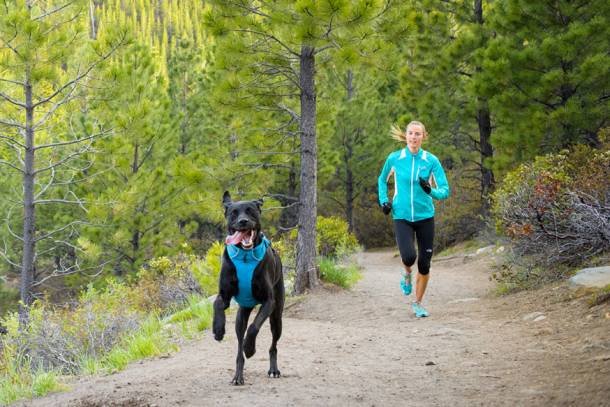-
Animal sanctuary owner taken to court on welfare charges

Earlier this year I remarked on the ease in which well meaning people can set up animal sanctuaries and rescues in the U.K and apply to be bona fide charities with little or no investigation or inspection and often without the knowledge, experience, financial stability or understanding of the long term responsibilities and difficulties they…
-
Don’t Jog the Dog

Just because many dogs can run fast it doesn’t necessarily mean they enjoy running long distances at a set pace, following some form of personal training regime or extreme sport you have devised for them and perhaps conceitedly believe they may enjoy. Dogs are well-known for putting up with anything in order to please their…